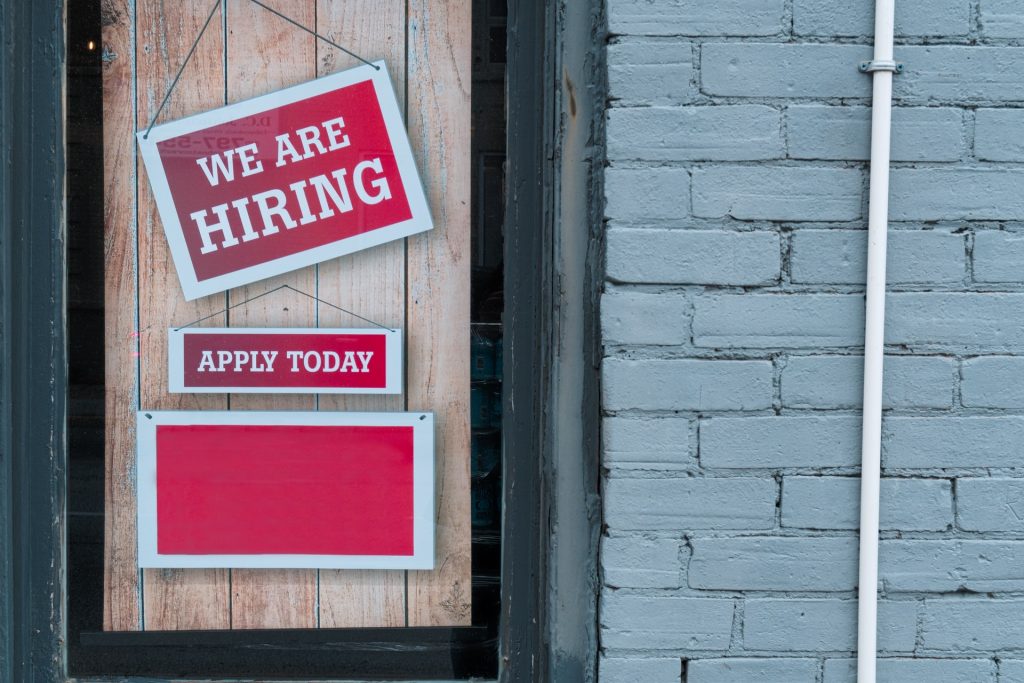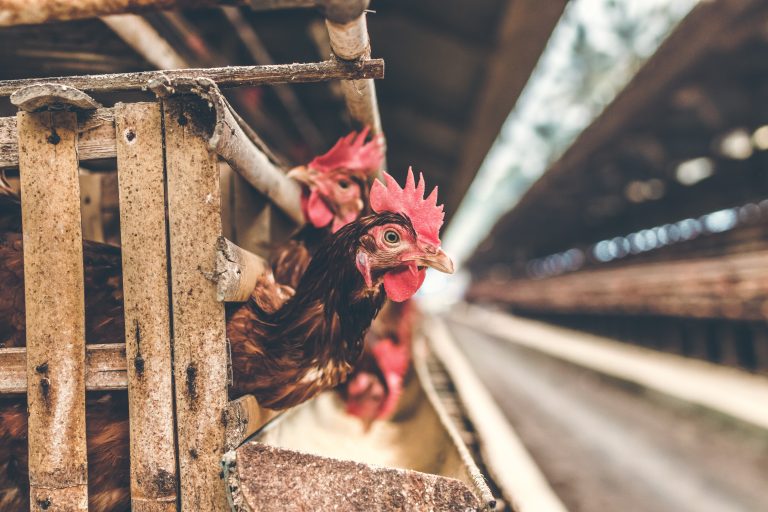To work or not to work?

According to the Federal Reserve Economic Data (FRED) website, April 2020 recorded the highest unemployment rate during the COVID-19 pandemic at 14.8%. As of October 2021, the unemployment rate has reduced to 4.6%, but is still higher than the pre-pandemic level of 3.5% as reported for January and February of 2020. The Bureau of Labor Statistics reported that for the month of October 2021, the number of long-term unemployed – those not having a job for 27 weeks or more – accounted for 31.6% of the total unemployed. The labor force participation rate was 61.6%, down by 1.7% than in February 2020.
Yet, there are signs of hiring as we drive by the streets especially from fast-food restaurants, retail stores and logistic companies, reflecting a mismatch between expectations of job seekers and hirers. Molla and Stewart from Recode by Vox noted that on one hand, “the pandemic has made people rethink their lives and their work, and some individual job seekers may be applying for jobs they want but aren’t suitable for”, and on the other hand employers use of online hiring platforms like Indeed and LinkedIn loses the personal hiring touch since a good-fit potential employee is lost when “artificial intelligence-powered software scans (and accept) resumes for certain keywords and criteria”. As a result, the labor market is at a disequilibrium as the needs of the supply of workers are not in sync with the needs of the demand for workers in this unique pandemic economy.
Discussion/Questions:
- What are your thoughts about the current state of unemployment in the U.S. economy based on the FRED data from October 2019 up to October 2021?
- Given the unemployment numbers and hiring trends above, identify and explain which type of unemployment is currently happening – cyclical unemployment, frictional unemployment, structural unemployment OR a bit of each – as of October 2021?
- Given the change in expectations of both the job seekers and hirers, how will this change the future labor force (for instance, 5 years from now)? Do explain.
- Self-reflection: Looking around your neighborhood, which type of workers (e.g., by age, by race, and/or by skills) are the most affected since the pandemic began in March 2020.
Sources:
- Unsplash.com: “We are hiring” banner – https://unsplash.com/photos/B3UFXwcVbc4
- FRED Economic Data: Unemployment rate – https://fred.stlouisfed.org/series/UNRATE/
- US Bureau of Labor Statistics: Economic News Release – Employment Situation Summary, October 2021 – https://www.bls.gov/news.release/empsit.nr0.htm
- the Balance: What is the Labor Force Participation Rate Formula?
– https://www.thebalance.com/labor-force-participation-rate-formula-and-examples-3305805 - the Balance: What is long-term unemployment? – https://www.thebalance.com/long-term-unemployment-what-it-is-causes-and-effects-3305518
- Vox – Recode: Why everybody’s hiring, but nobody’s getting hired – American’s broken hiring system, explained – https://www.vox.com/recode/22673353/unemployment-job-search-linkedin-indeed-algorithm
- FED of St. Louis: Labor Market – The Economic Lowdown Video Series –
https://www.stlouisfed.org/education/economic-lowdown-video-series/episode-4-the-labor-market - FED of St. Louis: Unemployment – The Economic Lowdown Video Series –
https://www.stlouisfed.org/education/economic-lowdown-video-series/episode-10-unemployment












